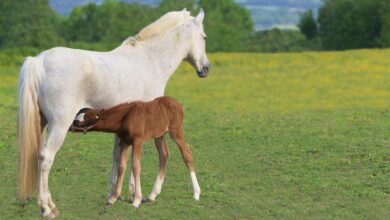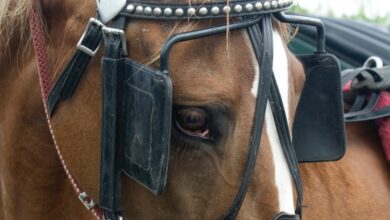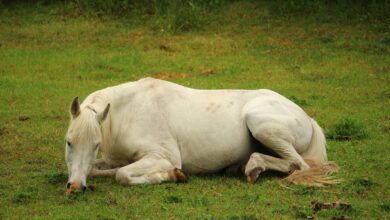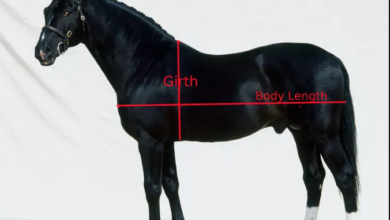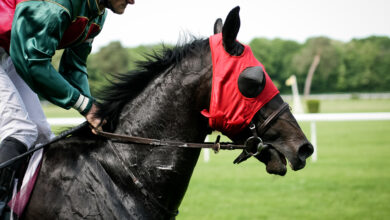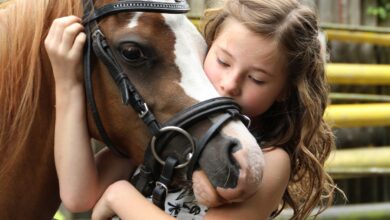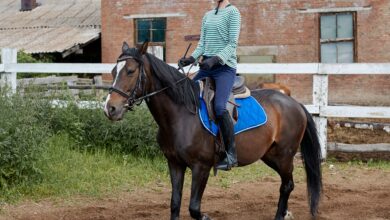Drum Horse: Breed Profile
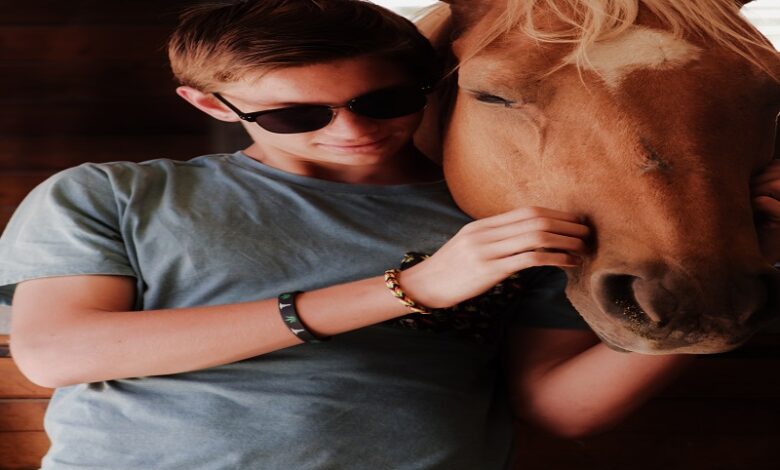
Training, Grooming, and Care Tips
If you’ve ever had the chance to see the Queen’s Household Cavalry perform, then chances are you’ve seen the Drum Horse in action. This large breed needed to be strong, powerful, and good-natured to successfully perform in the Queen’s processions. Today, those qualities make this breed a popular choice for riders all over the world.
Breed Overview
WEIGHT: 2,000 pounds
HEIGHT: 16 hands and up
BODY TYPE: Stocky, heavy draft
BEST FOR: Parades, riding
LIFE EXPECTANCY: 25 to 30 years
Drum Horse History and Origins
The Drum Horse breed is named after the type of work that it traditionally performs. This breed carried a rider and set of kettledrums during the Queen of England’s Band of the Life Guard processions. The horses paraded through the street, navigating large crowds. Most impressively, because the rider had to play the drums, the horses were controlled by reins that were attached to a rider’s feet.
The Drum Horse had to be impressively tall and strong to carry the weight of the drums through long processions. Horses also had to be sensible, calm, and good-natured to willingly respect and respond to the non-traditional rein steering used. To achieve this, breeders typically crossed Clydesdale, Gypsy Cob, and Shire breeds. The result is a large, docile, and good-tempered horse that made an impressive appearance during processions.
Today, both the International Drum Horse Association and the Gypsy Cob and Drum Horse Association serve as breed registries.
Drum Horse Size
This heavy draft breed stands 16 hands or taller. Because these horses must carry drums that can weigh 300 pounds and up, they have a strong, powerful stature and can weigh as much as 2,000 pounds.
Breeding and Uses
The Drum Horse is traditionally used in processions and parades, but it’s also a popular riding horse. Drum Horses are still bred in the UK as well as in America.
Colors and Markings
Because the Drum Horse is influenced by Clydesdale, Shire, and Gypsy bloodlines, this breed displays a wide array of colors. Solid, roan, or pinto coats are all acceptable, and solid coats include colors like bay, black, gray, dun, buckskin, chestnut, and palomino. Piebald and skewbald pinto coats are most common.
Like many other draft breeds, Drum Horses should have feathering that begins over their fetlocks and that covers their entire hooves.
Unique Characteristics of the Drum Horse
The Drum Horse is known for its great temperament, a highly desirable characteristic. These horses need to be calm enough to be comfortable in large crowds. They’re also docile enough to be easy for a rider to guide through the crowds. Additionally, Drum Horses have to be tolerant of the loud drumming coming from their backs and from their surroundings. These characteristics amount to a horse who is cooperative and easy to work with.
Diet and Nutrition
Drum Horses tend to be easy keepers and can thrive when provided with quality forage and a concentrate feed to supplement any nutritional deficiencies. Because these horses can easily gain weight, owners may need to restrict their access to lush pasture to help prevent issues like obesity and founder.
Common Health and Behavior Problems
The Drum Horse tends to be a healthy breed and isn’t known for any breed-specific conditions. This well-mannered breed is generally agreeable and easy to train and work with.
Grooming
Drum Horses will benefit from thorough, regular grooming, which can be a challenge because of their size. Owners may need to use stools to access the horse’s back and mane.
Like many draft breeds, Drum Horses require a little extra grooming attention because of their long manes and thick feathering. Some owners may choose to braid the manes to keep them neater and more manageable, and it’s possible to braid heavy feathering, too. Owners will need to stay vigilant in cleaning feathering and ensuring the areas dry out after the horse is out in rain or mud. If areas of feathering don’t receive proper grooming attention, issues like scratches can occur.Pros
- Great temperament
- Large and strong, great for tall riders
- Easy keeper
Cons
- Somewhat rare in the United States
- Can be expensive to buy
Champion and Celebrity Drum Horses
Any Drum Horse that performs in the Queen’s Cavalry is somewhat of a celebrity. These horses represent tradition and discipline exemplified by the Royal Family for centuries.
Is the Drum Horse Right for You?
The Drum Horse’s size makes it ideal for larger riders who may need a larger breed of horse. Its temperament makes it easy to work with, and the Drum Horse can make a great partner for most intermediate and advanced riders.
How to Adopt or Buy the Drum Horse
Drum Horses are rarer in the United States, but you can still find these horses for sale on occasion. Plan to spend $10,000 and up on one of these horses. When buying a horse, it’s always a good idea to have a vet perform a pre-purchase exam to make sure that the horse is healthy and doesn’t have any significant issues that could affect its use.
